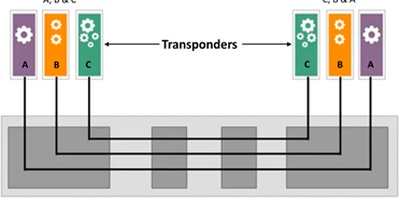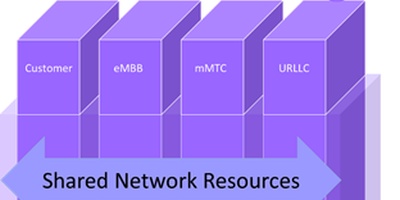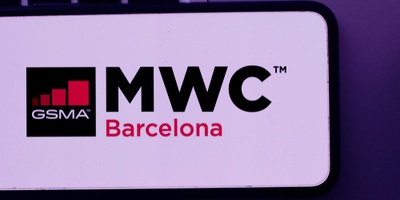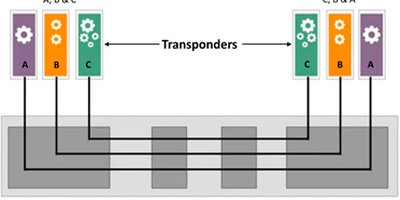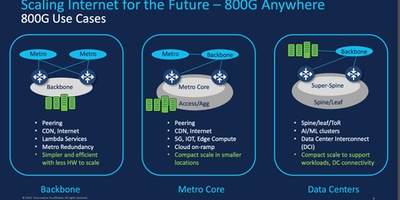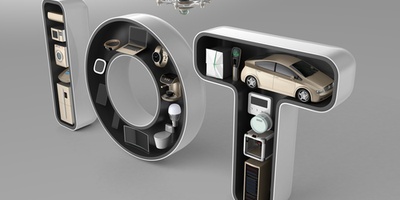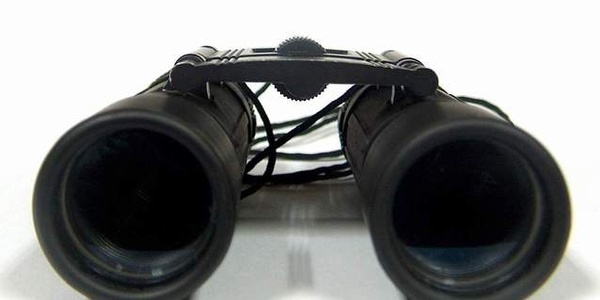
It’s becoming more challenging for carriers to differentiate bit transport, and they are actually accelerating this by aggressively marketing bits per second. Also, service providers are losing the narrative inIoTwhere the discussions are all about “the cloud” and “the thing.” Where’s the network in the narrative? Nowhere, hence it must be always there and free of course.
Forward looking service provider management teams with a good pair of future gazing binoculars realize the future is fixed and wireless access. It’s all about connecting people and things to the cloud and to each other regardless of what access network technology they are using. They want to keep people on their network, keep the billing meter running and control the user's experience. Wireless companies that see this are buying fixed network operations, and fixed network operators are looking to add wireless technologies and services to leverage their embedded assets and subscribers.
Then there is Verizon. Fixed networks are more challenging to build and operate. Did Verizon get tired of getting dirty climbing utility poles and digging up streets? Or did they get tired of antiquated regulations, community quid pro quo (for example, kickbacks), inflexible unions and onerous pension obligations? In any case, they’ve been jettisoning fixed network operations for a while. The company sold Vermont and New Hampshire to Fairpoint and wire line assets in Arizona, Idaho, Illinois, Indiana, Michigan, Nevada, North Carolina, Ohio, Oregon, South Carolina, Washington, West Virginia and Wisconsin to Frontier. Are they paying now for investing in fiber-to-the-home (FTTH, FiOS) too soon? A decade too soon?
Currently, and for the last 10 years mobile network operators (MNO) have been on a rocket ship of revenue, profit and market sex appeal. However, new, serious threats are emerging: cable voice-over-Wi-Fi and OTT voice and SMS (for example, WhatsApp). This wireless booster rocket is running out of fuel. and MNOs need to jettison this stage of the rocket and start the next rocket or they will level off and at best be stuck in low orbit or worse crash back to earth. What this rocket will look like is anyone’s guess. Yet, it’s a safe bet it will be a combination of 5G, massive IoT AND fixed networks.
Thus, if Verizon’s strategy is to become a global Tier 2 or 3 wireless-only carrier they are on the right track. Perhaps all Verizon needs to do is to use a bit of glass cleaner on their binoculars?
For more information about ACG's video services, contact info@acgcc.com.



